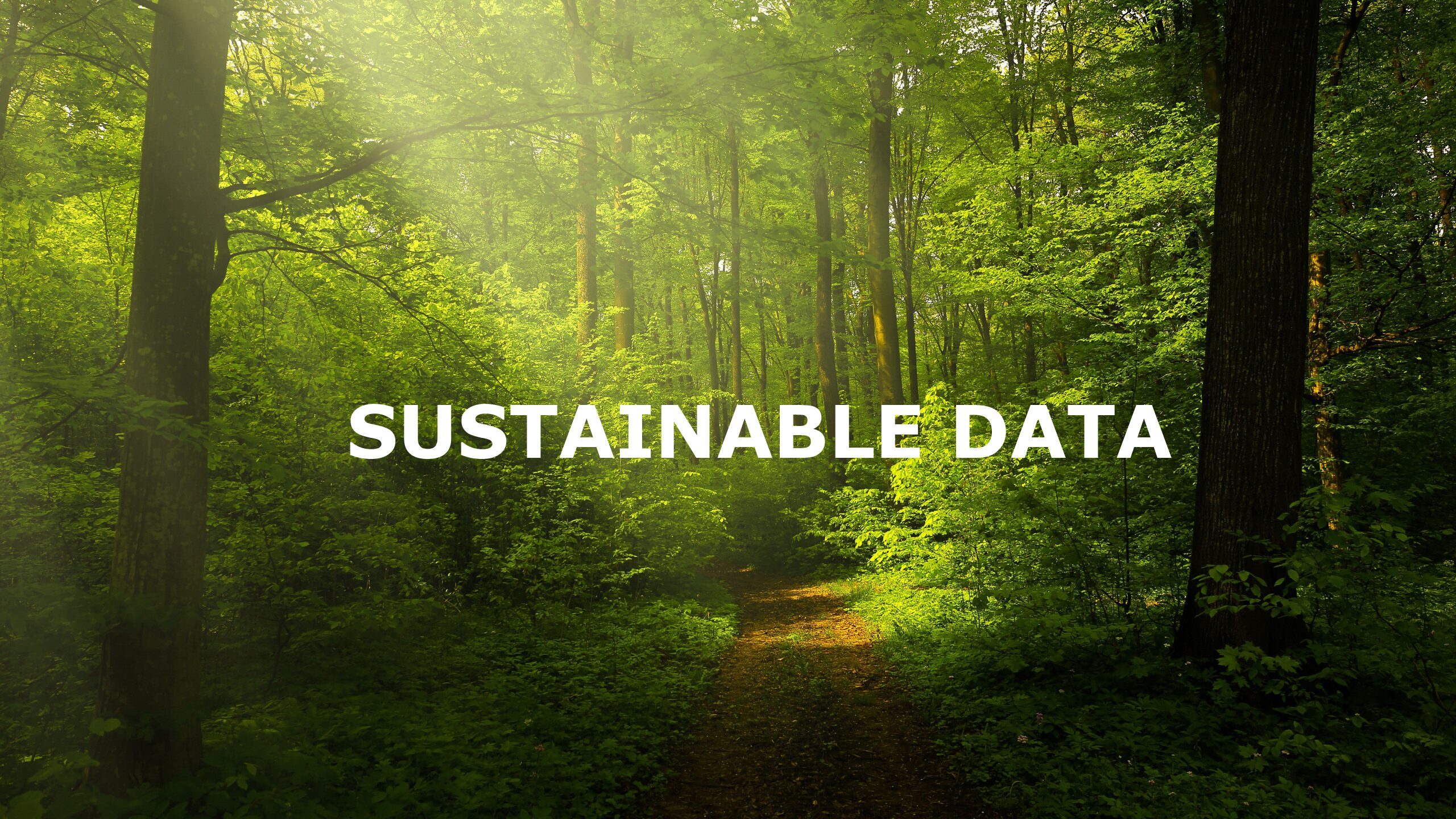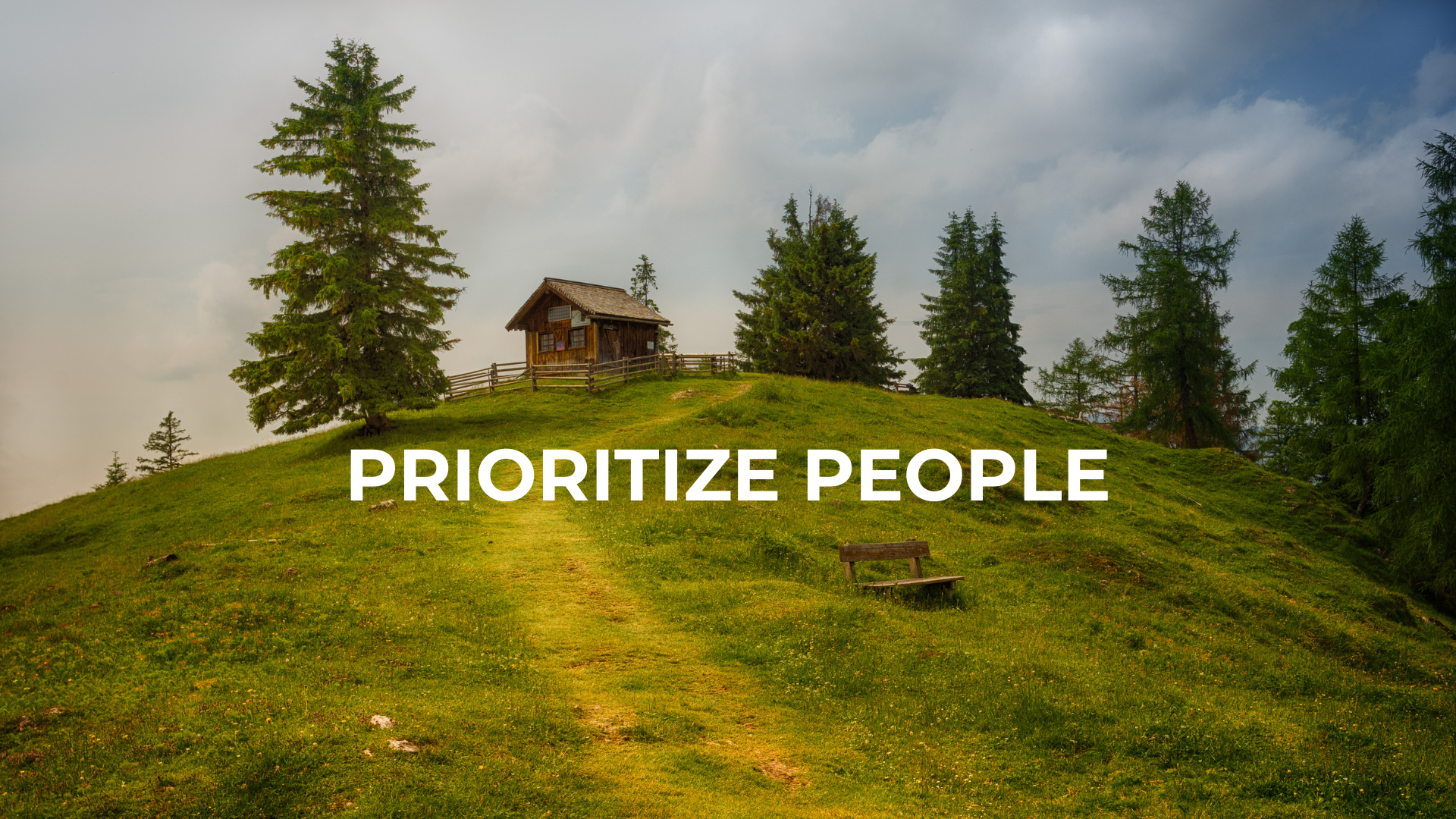Navigating the Road to a Sustainable Retail Future
Building a Greener Tomorrow‘Code Red’ for Humanity
The UN Secretary-General António Guterres said the Working Group’s report was nothing less than “a code red for humanity. The alarm bells are deafening, and the evidence is irrefutable”.
We are at a crossroad where the preservation of our environment is at risk.
With the ever-increasing climate and social crisis that the world is facing, individuals and businesses must recognize that sustainability is not optional; it’s an imperative for our collective well-being.
Over the years, retailers worldwide are under increasing pressure to minimize their environmental footprint, with a strong emphasis on addressing climate change, biodiversity, and resource scarcity. Consumers have also become more environmentally conscious, their preference leaning towards long-lasting, high-quality items that are eco-friendly, and their demands on transparency regarding a product’s environmental footprint has significantly increased.
In the last decade, SAP® has stood at the front line, aspiring for the sustainable future and aiming to achieve positive economic, environmental, and social impact within planetary boundaries. The goal is to achieve net-zero* emissions across the value chain in 2030.
*Net-Zero: A state in which the greenhouse gases going into the atmosphere are balanced by removal out of the atmosphere.
Through these efforts, SAP aspires to a world with zero emissions, zero waste, and zero inequality.
“We must reinvent the global economy. That is what it will take to limit global warming to 1.5℃. All of us must build sustainability into the fabric of how we do business. Only when a business strategy is sustainable itself, and is embedded in all aspects of the business, can we reduce negative impacts and create regenerative systems.”
– Luka Mucic, Member of Executive Board of SAP SE
SAP Targets the Entire Value Chain
SAP’s primary steps to reducing emissions associated with SAP’s sold products, as well as purchased goods and services, are as follows:

Accelerating the migration of on-premise customers to cloud-based solutions

Strengthening collaboration with key suppliers, empowering them to commit to net-zero and delivering products and services with a carbon-neutral footprint

Utilizing best-in-class data centers, including SAP’s own facilities, co-locations, and hyperscale providers. These data centers will adhere to sustainable practices and introduce a cloud carbon footprint calculator for all SAP cloud solutions

Increasing direct investments in renewable electricity while also supporting nature-based and technology-driven funds. These efforts aim to neutralize any residual carbon emissions
▪ SAP is dedicated to achieving net-zero emissions across its entire value chain by 2030, aligning with a 1.5°C future. This ambitious goal is set 20 years ahead of its original target.
▪ SAP has been actively reducing its carbon footprint since 2009 and joined the Science-Based Targets initiative in 2017.
▪ In 2019, SAP adopted a science-based emissions reduction target aligned with a 1.5°C trajectory.
▪ The next significant milestone on SAP’s journey to net zero is in 2023 when the company aims to achieve carbon neutrality in its own operations, two years earlier than initially planned.
▪ In 2020, SAP exceeded its net carbon emissions target by a remarkable 43%. Instead of the anticipated 238 kilotons, SAP generated only 135 kilotons of emissions.
▫ This positive trend continued in 2021, with SAP’s carbon emissions totaling 110 kilotons. This marked an 18.5% year-over-year reduction.
▪ SAP employs a comprehensive set of measures to consistently mitigate its emissions. These measures entail everything from target setting and executive board compensation to ensuring that data centers and company buildings are powered entirely by renewable energy sources.
▪ SAP collaborates with both international and local partners specialized in e-waste disposal.
▫ This partnership extends to the refurbishment and recycling of various electrical and electronic waste, encompassing items like data center servers, PCs, peripherals, and mobile devices.
▪ SAP actively monitors and reports on the end-of-life treatment procedures applied to all disposed IT assets and electronic devices, ensuring responsible and transparent e-waste management.
▪ Since 2009, SAP has achieved a significant 88% reduction in paper usage, equivalent to over 73 million pages.
▫ This reduction occurred alongside a substantial 125.7% increase in employee headcount during the same period.
▪ The adoption of SAP Signature Management by DocuSign, facilitating electronic signatures, played a pivotal role in this achievement.
▫ It resulted in a reduction of paper-based contract printing by over 224,000 pages in 2020 and approximately 185,600 pages in 2021.
▪ SAP remains committed to efficient water usage.
▪ Strategies like adiabatic cooling (evaporative cooling) and a closed water circuit are used to significantly reduce water consumption for cooling the server racks.
▪ These measures showcase SAP’s dedication to responsible water management in both data centers and offices, aligning with the commitment to sustainability.
Building a Sustainable Business
What can you do to incorporate sustainability in your business operations?

Integrate Sustainability into the Business Strategy
Make sustainability a core element of the overall business strategy, involving all corporate functions. Treat sustainability outcomes with the same importance as financial results and regularly report the progress.

Incorporate Sustainable Data into Operations
Utilize sustainability data in your day-to-day business processes to make informed and profitable decisions. Share this data, covering aspects such as carbon emissions, water usage, recyclability, and labor information, with stakeholders like suppliers, industry associations, regulators, and NGOs.

Manage Climate Impact Across the Value Chain
Mitigate financial and reputational risks by addressing climate-related emissions across the entire value chain, down to the individual product and service level.

Embrace Circular Sustainability Cycle
Implement operating principles that focus to avoid, reduce, reuse, recycle, and reclaim materials. This approach minimizes waste and supports the transition to circular economy practices.

Prioritize People Across the Value Chain
Enhance the social sustainability by valuing workforce diversity, ensuring safety and human rights, offering growth opportunities, and leveraging the corporate purchasing power to make a positive impact on people’s lives.

Jee Sun Park
Sr. SAP Consultant
“In the ever-evolving world of retail, sustainability isn’t just an option; it’s a must. Businesses are harnessing the power of sustainability to reduce their carbon footprint, adopt circular practices, and prioritize both the people and the planet.
SAP’s commitment to sustainability, from reducing carbon emissions to responsible e-waste management, sets a strong example for how retail can lead the way toward a greener and more socially responsible future.”.”

United States:
1160 Battery Street East, Suite 100, San Francisco, California, 94111
Canada:
One Dundas Street West, Suite 2500, Toronto, Ontario, M5G 1Z3





